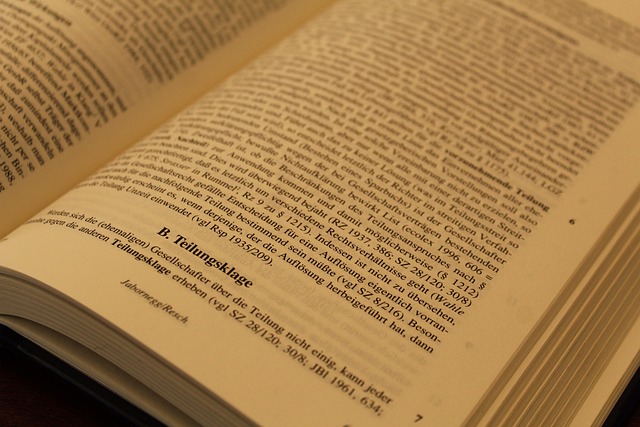Estate distribution, a critical part of probate negotiations, involves dividing a deceased's assets according to their wishes or legal requirements. Skilled negotiators play a vital role in ensuring a smooth process for complex estates, employing strategies like understanding laws, fostering open communication, and maintaining detailed documentation. They resolve disputes, balance beneficiary desires, and use innovative financing to facilitate equitable estate distribution, ultimately promoting family unity.
“Probate agreement negotiations are a critical aspect of ensuring a smooth transition of assets after someone’s passing. With complex estate matters at stake, experienced navigators are essential. This article delves into the core of these negotiations, starting with understanding the fundamentals of estate distribution. We explore powerful strategies to tackle challenges head-on and present compelling case studies that demonstrate real-world successes in probate agreement resolutions. By mastering these techniques, professionals can efficiently manage intricate estate matters, safeguarding interests and fostering positive outcomes.”
- Understanding Estate Distribution: The Foundation of Probate Agreement Negotiations
- Strategies for Successful Negotiations: Navigating Complex Estate Matters
- Case Studies: Real-World Examples of Effective Probate Agreement Resolutions
Understanding Estate Distribution: The Foundation of Probate Agreement Negotiations

When it comes to probate agreement negotiations, understanding the intricate details of estate distribution is paramount. Estate distribution refers to the process of dividing and allocating a deceased individual’s assets according to their wishes or legal requirements. This crucial aspect forms the foundation upon which meaningful discussions between parties can occur. By thoroughly comprehending how assets will be divided, individuals involved in the negotiation process can better advocate for their interests and reach agreements that align with their goals.
A clear and comprehensive grasp of estate distribution allows negotiators to identify potential points of contention and develop strategic approaches. It enables a nuanced understanding of each party’s position, ensuring that negotiations are conducted fairly and effectively. This knowledge is essential for reaching mutually beneficial agreements that respect the deceased’s wishes while considering the best interests of all involved parties.
Strategies for Successful Negotiations: Navigating Complex Estate Matters

Successful negotiations in probate agreements require a strategic approach, especially when dealing with complex estate matters. One key strategy is to thoroughly understand the legal framework surrounding estate distribution. This involves delving into relevant laws and regulations to ensure all parties involved are aware of their rights and responsibilities. By doing so, negotiators can navigate potential disputes and reach mutually beneficial agreements.
Another effective tactic is to foster open communication among all stakeholders. Encouraging honest discussions allows for a better understanding of each party’s needs and concerns. This openness can lead to creative solutions that address underlying issues, ultimately facilitating smoother negotiations. Additionally, staying organized with clear documentation and keeping detailed records helps maintain focus on the goals, ensuring every aspect of the estate distribution is fairly considered.
Case Studies: Real-World Examples of Effective Probate Agreement Resolutions

In the realm of probate, agreement negotiations play a pivotal role in ensuring a smooth transition of assets and estate distribution. Case studies offer tangible examples of how skilled negotiators can navigate complex situations, reaching mutually beneficial resolutions. For instance, consider a scenario where a family business was at the center of a dispute among extended relatives. Through strategic mediation, the negotiator helped each party articulate their needs and concerns, leading to a creative solution. The final agreement not only respected individual contributions but also accounted for the future sustainability of the business, resulting in a harmonious estate distribution.
Another compelling case involves a high-net-worth individual with multiple beneficiaries. Here, the negotiator had to balance the desires of adult children, each with unique financial circumstances, against the wishes of a senior parent. By employing transparent communication and innovative financing strategies, a plan was devised that allowed for immediate access to funds for certain beneficiaries while ensuring the financial security of others over time. This delicate dance resulted in an agreement that fostered family unity and facilitated equitable estate distribution.






